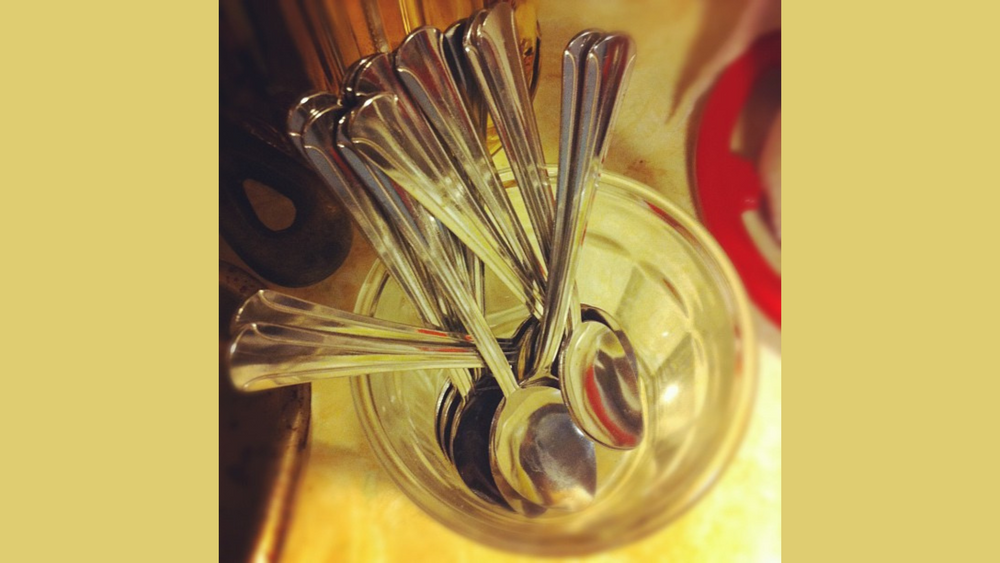Chefs can all agree on one thing, the importance of tasting dishes as they are made. This simple act gives chefs and cooks all the information they need to be sure guests receive their best work. In recent years many kitchens have been caught in the crossfire of a heated debate about how to go about tasting.
On one hand, you have those who would say tasting with a finger is both preferred and acceptable. Today, many will disagree with this, stating unsanitary practice as a major issue. Given that most kitchens are closed, this practice is surely still taking place somewhere. With today’s diners being very concerned with ‘healthy’ options and food regulations, this method is not recommended.
Another side of the debate are the chefs who use the same spoon over and over again to taste dishes throughout the night. This preference too has been deemed unsanitary and not desirable. To account for the dislike, many kitchens have turned to practices of keeping a container of hot water close by where tasting spoons can be thrown after tasting and reused later. The problem with this is that the spoons are in no way sanitized and still essentially as unsanitary as before.
This is where we get the offshoot of chefs opting to throw some bleach in the water container as an effort to sanitize the spoons. The argument against this practice is that anything touching bleach should be rinsed before reaching a diner’s mouth. Some kitchens take it a step further by keeping a ‘rinse’ container next to the sanitized one. This process can be time consuming in an environment where timing is everything.
Next up there are the ladlers. These chefs use a stirring spoon to place a portion of the dish onto a tasting spoon. They can use the same tasting spoon repeatedly without cross-contaminating food.
For many chefs today, the standard practice is to have a bin of tasting spoons at the ready along with a bin for dirty ones which goes directly to the dishwasher when full. This group is split between the plastic spoons users and the normal spoon users. Cost and environmental concerns are taken into account when choosing a side.
Most chefs can agree that the finger method or using the same spoon repeatedly are unacceptable in the kitchen today. The FDA states in the U.S. Public Health Service Food Code that the same utensil may not be used more than once to taste.
In following the regulations, utilizing the last view presented, you still have the choice of plastic or metal spoons. The controversy may never completely go away, but now you have some hard evidence to present your side.

